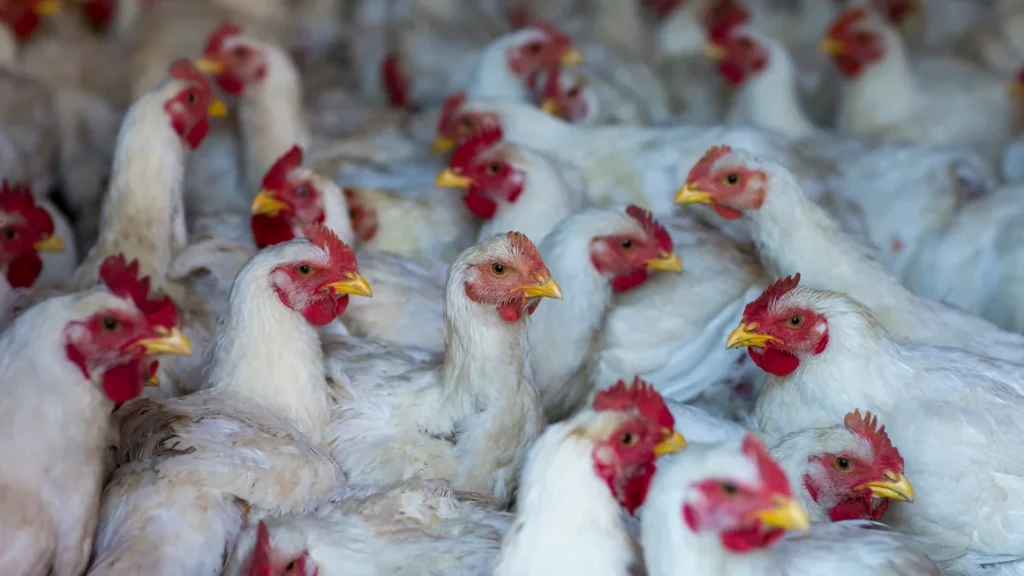Health Care
WHO Scientist Urges Monitoring & Prep For Highly Pathogenic Bird Flu
The development of bird flu in cattle in the United States is a “enormous concern,” according to the World Health Organization’s chief scientist, who asked for increased viral tracking and readiness on Thursday.
So yet, there is no proof that the extremely pathogenic H5N1 flu virus may be transmitted from person to person.This flu strain was initially found in birds in 1996 and has mostly affected farm and wild fowl. However, in the last two years, an increasing number of mammals have tested positive for the virus, indicating that it is seeking new hosts and moving closer to humans.

“We have to watch, more than watch, we have to make sure that if H5N1 did come across to humans with human-to-human transmission that we were in a position to immediately respond with access equitably to vaccines, therapeutics and diagnostics.”
H5N1 can not pass from person to person, although humans can contract it if they are exposed to infected animals. One person in Texas tested positive for H5N1 this year.That person was working with cows when they tested positive, and it is thought they contracted it from an infected cow.
They are only the second known instance of human H5N1 in the United States. The first case occurred in 2022 among a poultry worker in Colorado.
“This is a very nasty virus. Dr. Richard Webby, director of the World Health Organization’s coordinating centre for studies on the ecology of influenza and a scientist at St. Jude’s Children’s Research Hospital, told CNN that it is something he would not want to see in humans.
Webby, who has been studying H5N1 for 20 years, said that while the virus has never figured out how to efficiently make people sick, “what’s happening now is that there are lots more small mammals being infected with this virus than we’ve ever seen in the past 20, close to 25 years of monitoring, so that is absolutely concerning,” he added.
Webby stated that H5N1 is more active than it has ever been, but it has yet to gain important changes that scientists are concerned about, which could allow it to infect humans.
“Because we haven’t seen those changes does suggest to me that this virus has got quite a hurdle to overcome to become a real sort of human pathogen,” Webby told the BBC.
The US Department of Agriculture’s Animal and Plant Health Inspection Services has identified 29 sick herds throughout eight states: Texas, New Mexico, Kansas, South Dakota, Idaho, Michigan, Ohio, and North Carolina.
The US Centers for Disease Control and Prevention said that while the current risk to public health from H5N1 is low, they are closely monitoring the situation. On Thursday, the CDC updated its status summary, stating that the virus isolated from a recent human case in the US is responsive to antiviral treatments.
The FDA also stated that it has developed a candidate vaccine virus that can serve as a template for developing a vaccine if necessary.